Visit the MGH Division of Internal Medicine Healthy Lifestyle Program website to learn more about this webinars series and other initiatives.
|
Need some support with a health-oriented New Years resolution? Check out this webinar with Thrive Founder Katie Engels featuring strategies and tools to support sustainable behavior change.
Visit the MGH Division of Internal Medicine Healthy Lifestyle Program website to learn more about this webinars series and other initiatives. "Thich Nhat Hanh, a Vietnamese Buddhist monk who was one of the world's most influential Zen masters, spreading messages of mindfulness, compassion and nonviolence, died on Saturday at his home in Tu Hieu Temple in Hue, Vietnam. He was 95." Read more about his life and legacy.
Watch Thrive Founder Katie Engels discuss her Health & Wellness Coaching Program at Mass General Hospital as part of the MGH Healthy Lifestyle Program’s “Think Outside the Pill” Stoeckle Center Seminar Presentation. As an introduction, she shared "it is so inspiring to be part of this team and today featured many opportunities to promote broader access to Health & Wellness Coaching throughout the Department of Internal Medicine."
Unwind this evening with this short guided mindfulness meditation And We Must Be Content With Stillness, featuring the Charles Tomlinson poem Farewell to Van Gogh.
Being mindful entails practicing being present and nonjudgemental, and when you commit to a regular mindfulness practice you strengthen your skills and ability to calm and center yourself in the face of life's challenges. Schedule a free thrive wellness coaching session to learn more about working with a wellness coach to develop a mindfulness practice. Farewell to Van Gogh The quiet deepens. You will not persuade One leaf of the accomplished, steady, darling Chestnut-tower to displace itself With more of violence than the air supplies When, gathering dusk, the pond brims evenly And we must be content with stillness. Unhastening, daylight withdraws from us its shapes Into their central calm. Stone by stone Your rhetoric is dispersed until the earth Becomes once more the earth, the leaves A sharp partition against cooling blue. Farewell, and for your instructive frenzy Gratitude. The world does not end tonight And the fruit that we shall pick tomorrow Await us, weighing the unstripped bough. Charles Tomlinson 1960 Overeating is as much about psychology as it is about biology – many people eat, or drastically control their eating patterns, to soothe emotional problems. Clinically speaking, 65% of women have eating disorders, but as Mary Pipher, Ph.D. asserts in Hunger Pains: The Modern Women’s Tragic Quest for Thinness, “recent psychological research indicates that virtually all women are ashamed of what they consider inferior bodies. Women also distort their body images – 90 percent of all women overestimate their own body size. Most try to control their eating and consider themselves fat.” The eating disorder reality is not about just about who has one, but that every woman, and increasingly men, all have their own uniquely disordered eating because of our culture’s intense pressures to control our weight and body composition. Eating disorders are clinically diagnosed when these common attitudes and behaviors reach an extreme level.
Pipher continues, “We are living in a culture that promotes a monolithic, relentless ideal of beauty that is quite literally just short of starvation for most women. For so many of us, thinness equals attraction, which equals value. This formula has created a generation of women whose behavior is self-destructive and whose thinking about themselves is punishing. To be a woman is to have a body image problem. For women, harmful eating patterns are becoming the norm. Women diagnosed as bulimic or anorexic are merely the extremes on a universal continuum.” Have you noticed the disruption in the traditional dairy market due to consumer demand for plant-based alternative milks? The trend has emerged based on demand for plant-based options by those driven by health and wellness concerns, and it has been so pervasive, the dairy industry has (thus far unsuccessfully) lobbied to prevent plant-based milks to even call themselves "milks," reflecting the market share threat these products represent.
One of our greatest powers as individuals to cultivate the food system we want is to vote with our spending power on high-quality whole food plant-based foods and products. Vote for sustainable, organic, plant-centric eating with your spending habits. If you would like to shift your diet closer to a predominately whole food plant-based pattern, learn more about working with a thrive wellness coach to set medium- and short-term goals to support your change process.  The Transtheoretical Model of Change (Prochaska & DiClemente, 1983; Prochaska, DiClemente, & Norcross, 1992) is an integrative, biopsychosocial model to conceptualize the process of intentional behavior change. Whereas other models of behavior change focus exclusively on certain dimensions of change (e.g. theories focusing mainly on social or biological influences), the TTM seeks to include and integrate key constructs from other theories into a comprehensive theory of change that can be applied to a variety of behaviors, populations, and settings—hence, the name Transtheoretical. Transtheoretical Model Stages of Change 1. Precontemplation – the person is not ready to make a change. He or she is not ready to make a change. He or she does not see that his or her behavior is a problem. 2. Contemplation – the person is considering making a change but not right away. He or she knows the behavior is a problem bit is nit ready to make a change yet. 3. Preparation – the person is getting ready to make a change soon. 4. Action – the person has already taken steps towards making a change. Generally, only about 15% of people you initially meet will be in the action stage. 5. Maintenance – the person made the change and has been successfully working on it for at least the past 6 months. 6. Relapse – the person has returned to their old behavior. 7. Termination – the changed behavior has become a habit, and the person is absolutely certain the relapses will not occur. Many people working alone to improve their health by adopting new habits don't realize that change is nonlinear and inevitable backslides lead to giving up. Learn more about working with a Thrive Wellness Coach trained in change theory and lasting lifestyle change to support your goals.
Thrive Wellness Coaching founder Katherine Engels shares tips to improve sleep quality by experimenting with evidence-based lifestyle behaviors in this sleep hygiene video.
Take a 4 minute Mindfulness Break to calm and center yourself in the wake of stress.
Mindfulness skills gain power when you practice them regularly. Spend some time weekly on anything that pulls you into the present moment. This can be meditation, yoga, walking in nature, cooking, gardening, being active or even playing with young children. Spend some time each week on something that makes you lose track of time. When you commit to a regular mindfulness practice, you will have strengthened your ability to calm and center yourself, and this ability can be called on when you find yourself in an acutely stressful situation. Most of our Thrive Wellness Coaching clients have recently been weighing their responsibility to shelter and distance, and their need to connect with nature and experience open space. This is particularly tricky, but very important, for those that live in smaller spaces in more densely populated areas. Below are suggestions from the National Park Service on how to recreate safely and responsibility.
"Avoid high-risk outdoor activities, practice social distancing, stay in your local area and follow leave no trace principles. If you do head out, follow CDC guidance to prevent the spread of infectious diseases: maintain a distance of at least six feet from others, cover your mouth and nose when you cough or sneeze, and stay home if you feel sick. Check with your local national park for the latest information on service and operations available. Updates about the NPS response to the coronavirus will be posted at www.nps.gov/coronavirus. Connect with national parks online through digital opportunities and activities to do in your own home. To learn more, visit find your virtual park." #SlowTheSpread #RecreateResponsibly Set the mood for some home yoga practice as you shelter with this 60 minute flow playlist, featuring mellow vibes, gradual wind down tunes from the peak pose to some supported last shapes, and chimes and rain at the end to frame your savasana.
 Thank you to everyone that attended yoga today. Below are our readings related to the contemplative life and healing power of spending time in nature. “Dear friend, all theory is gray, And green the golden tree of life.” Goethe, from Faust “I finished my walk on the forest’s edge, where the great music of crashing waves flooded into the tide pools, where wind ruffled devil’s club leaves and hermit thrushes sang. I reminded myself that the wisest, most inspired people I knew had all taken this second path, heading for what I call the Far Outside. It is the path found when one falls into “the naturalist’s trance,” the hunters pursuit of wild game, the curandera’s search for hidden roots, the fisherman’s casting of the net into the current, the water Witcher’s trust of the forked willow branch, the rock climber’s fixation on the slightest details of a cliff face. Why is it that when we are hanging from the cliff - beyond the reach of civilization’s safety net, rather than in it - we are most likely to gain the deepest sense of what it is to be alive? Arctic writer-ethnographer Hugh Brody has brooded over this question while working in the most remote human communities and the wildest places her could find. There, he admits, “at the periphery is where I can come to understand the central issues of living.” Gary Paul Nabham, from Cultures of Habit “To live a contemplative life is to be open enough to see, free enough to hear, real enough to respond. It is a life, and so it has its own rhythms of darkness, of dying-rising. Simply enough, it is a life of grateful receptivity, of wordless awe, of silent simplicity.” S. Marie Baha, with thanks to Friends of Silence Set up a free coaching session with a Thrive Wellness Coach to talk new year's resolutions for a better you in 2020.
According to Dr Zali Yager, a researcher at the Institute for Health and Sport at Victoria University, an expert in body image, and the Director at Well Researched, "decades of research has indicated that, even brief exposure to ‘idealised’ images in the media and advertising has a negative effect on body image and mood. Recent research has also confirmed that viewing fitspiration leads to increases in body dissatisfaction, and is worse for body image than viewing idealised thin images. In some studies, participants reported that fitspiration inspired them to exercise, but this did not translate into increases in exercise behaviour.
In contrast, viewing images of average-sized models has been found to enhance body appreciation, or positive body image. Evaluations of media campaigns that use real women of all sizes, such as This Girl Can, and #jointhemovement found that these campaigns increased appearance satisfaction, and intentions to exercise." Schedule a free thrive coaching session to learn about developing authentic and inspiring personalized fitness goals. Check out other recipes on this amazing whole food plant-based blog Will Frolic for Food.
Ingredients Roasted Persimmons
Tailored Nutrition Can Improve Health and Lower Medical Costs for Chronically Ill Patients10/22/2019
According to the New York Times article, "To Treat Chronic Ailments, Fix Diet First," several studies around the country are using the food as medicine approach, using nutrition to care for chronically ill patients. "Medically tailored meals represent a shift in thinking from a problem-based medical delivery system to a holistic, wellness-focused preventive maintenance.
Last year, California’s version of Medicaid, Medi-Cal, introduced a three-year pilot study that’s already showing what experts in the health care field have seen anecdotally* — that tailored nutrition can improve health and lower medical costs for the chronically ill. The pilot includes specially formulated meals and in-home visits for patients who suffer from heart disease, which has caused some of the highest rates of hospital readmissions." *Note: We have far more than "anecdotal" evidence that whole plant foods can improve health and lower medical costs for chronically ill patients. See the research of T. Colin Campbell, PhD, Dr. Caldwell B. Esselstyn, Jr, MD and Dr. Dean Ornish, MD. The article continues, "another body of research is showing that medically tailored meals can go a long way toward reversing that downward health spiral. A retrospective cohort study headed by Seth Berkowitz, M.D. at the University of North Carolina Chapel Hill School of Medicine, and published in April concluded: 'Participation in a medically tailored meals program appears to be associated with fewer hospital and skilled nursing admissions and less overall medical spending.' Tanvir Hussain, a clinical cardiologist and board member of Project Angel Food, said he is impressed by the preliminary results of the Medi-Cal study. If the numbers hold up and Medi-Cal chooses to add medically tailored meals in its coverage, he said, it could be a game changer for the lower-income populations he serves in southern Los Angeles.” Learn more about the science and execution of whole food plant-based eating with this Guide from the T. Colin Campbell Foundation. Working with a coach can be helpful when looking to makes changes to your eating habits. Aimlessness
"In the West, we are very goal oriented. We know where we want to go, and we are very directed in getting there. This may be useful, but often we forget to enjoy ourselves along the route. There is a word in Buddhism that means 'wishlessness' or 'aimlessness.' The idea is that you do not put something in front of you and run after it, because everything is already here, in yourself. While we practice walking meditation, we do not try to arrive anywhere. We only make peaceful, happy steps. If we keep thinking of the future, of what we want to realize, we will lose our steps. The same is true with sitting meditation. We sit just to enjoy our sitting; we do not sit in order to attain any goal. This is quite important. Each moment of sitting meditation brings us back to life, and we should sit in a way that we enjoy our sitting for the entire time we do it. Whether we are eating a tangerine, drinking a cup of tea, or walking in meditation, we should do it in a way that is 'aimless.' Often we tell ourselves, 'Don’t just sit there, do something!' But when we practice awareness, we discover something unusual. We discover that the opposite may be more helpful: 'Don’t just do something, sit there!' We must learn to stop from time to time in order to see clearly. At first, 'stopping' may look like a kind of resistance to modern life, but it is not. It is not just a reaction; it is a way of life. Humankind’s survival depends on our ability to stop rushing. We have more than 50,000 nuclear bombs, and yet we cannot stop making more. 'Stopping' is not only to stop the negative, but to allow positive healing to take place. That is the purpose of our practice—not to avoid life, but to experience and demonstrate that happiness in life is possible now and also in the future. The foundation of happiness is mindfulness. The basic condition for being happy is our consciousness of being happy. If we are not aware that we are happy, we are not really happy. When we have a toothache, we know that not having a toothache is a wonderful thing. But when we do not have a toothache, we are still not happy. A non-toothache is very pleasant. There are so many things that are enjoyable, but when we don’t practice mindfulness, we don’t appreciate them. When we practice mindfulness, we come to cherish these things and we learn how to protect them. By taking good care of the present moment, we take good care of the future. Working for peace in the future is to work for peace in the present moment." From Peace Is Every Step by Thich Nhat Hahn |
Archives
January 2022
Categories
All
|

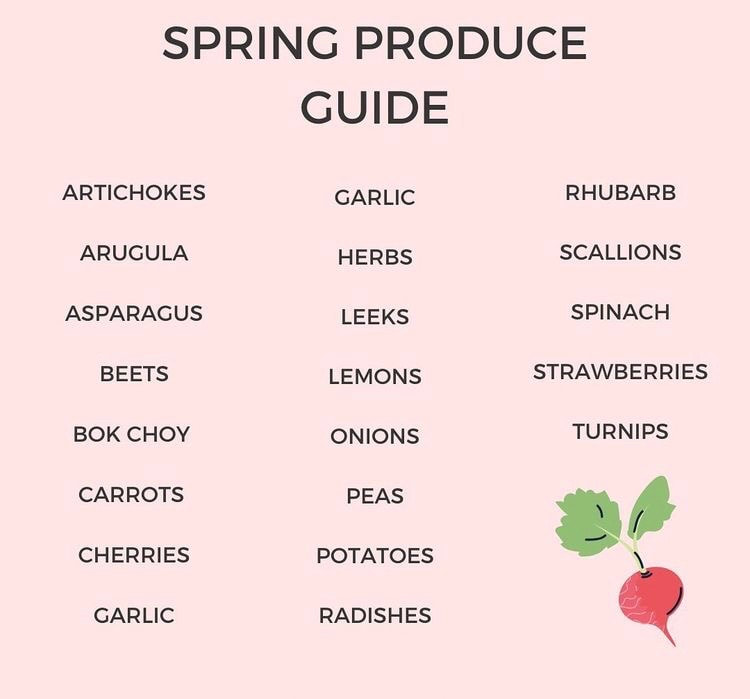
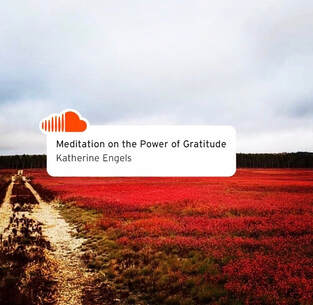


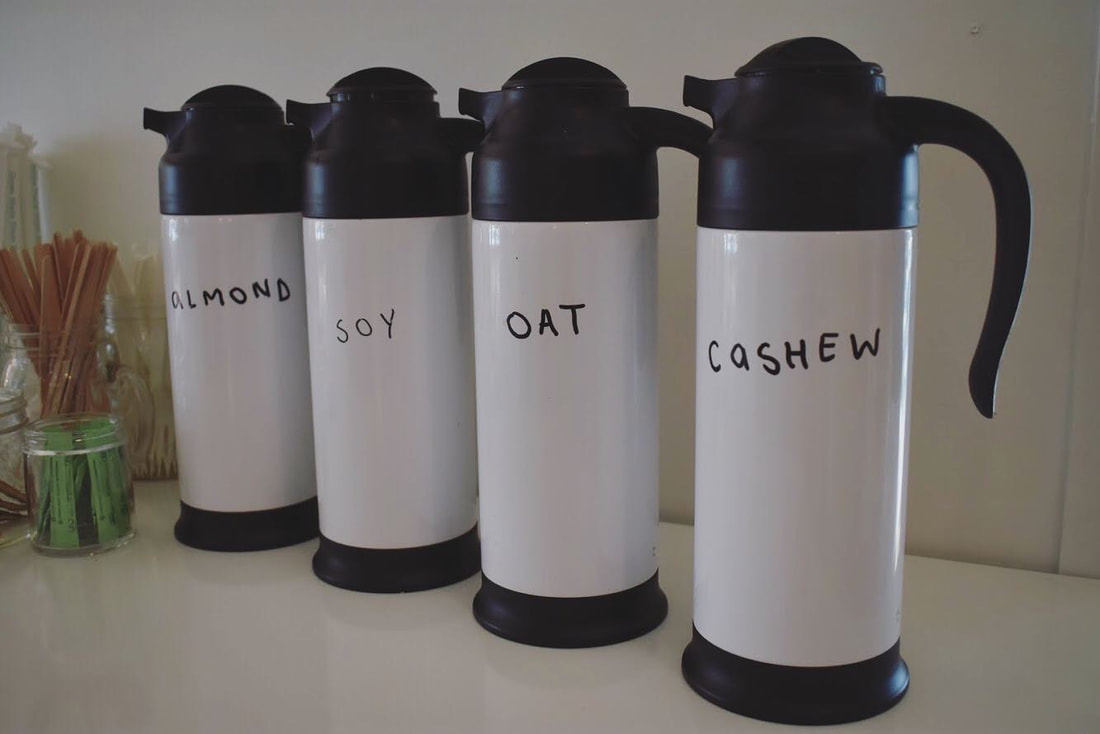

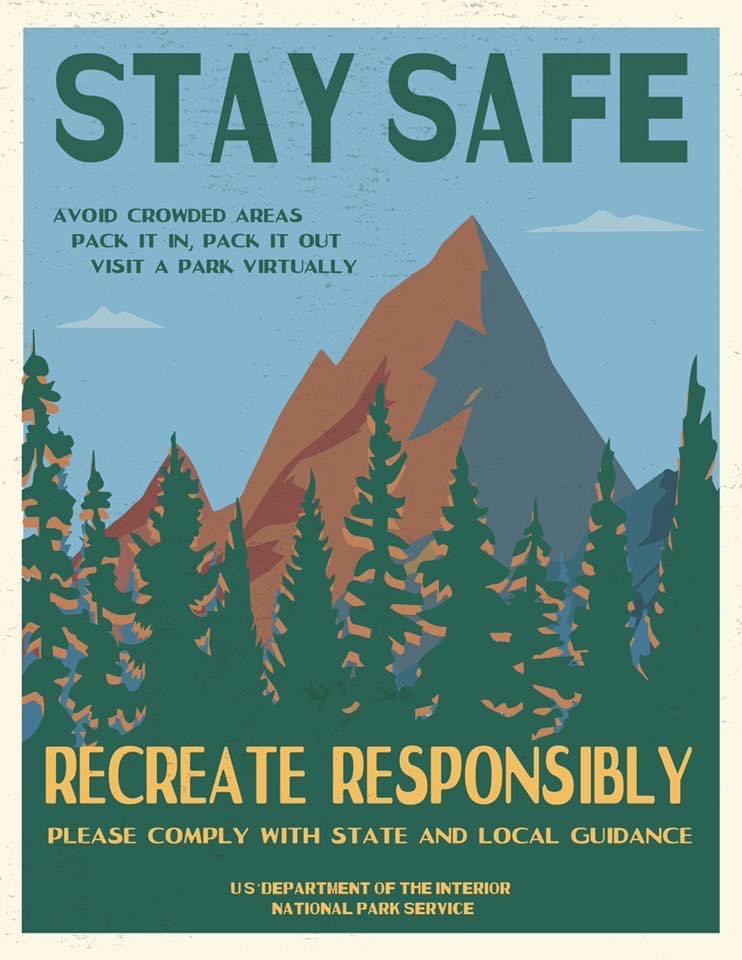



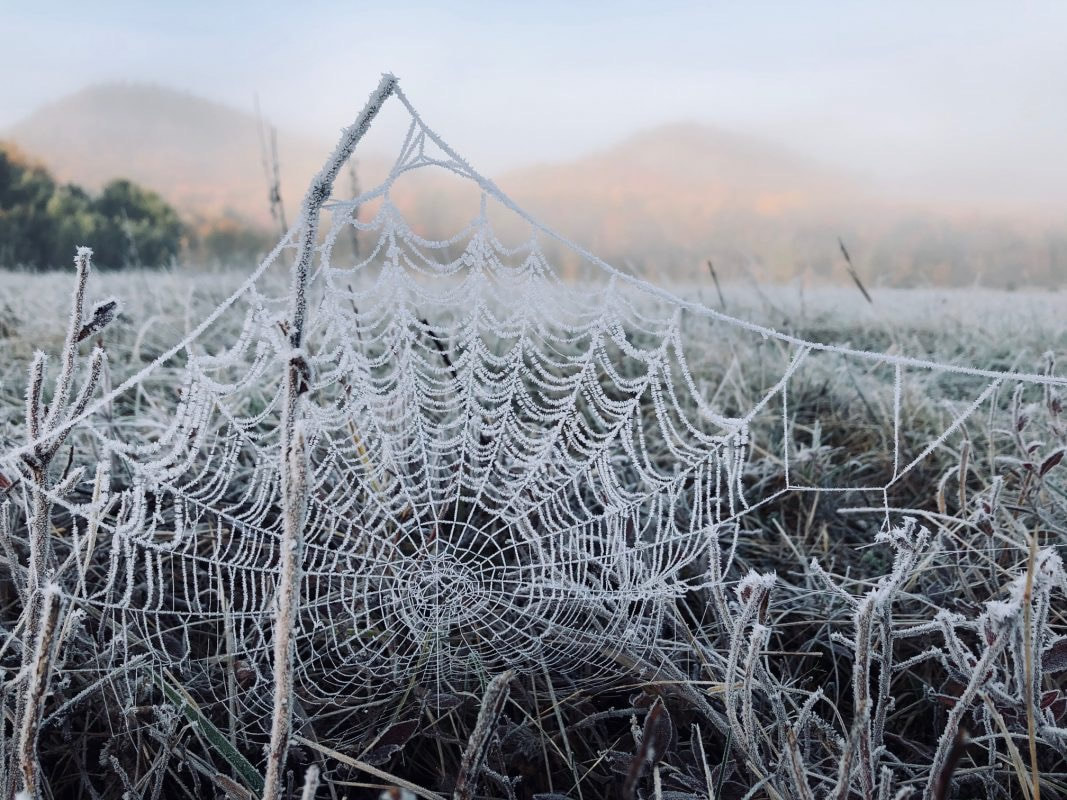

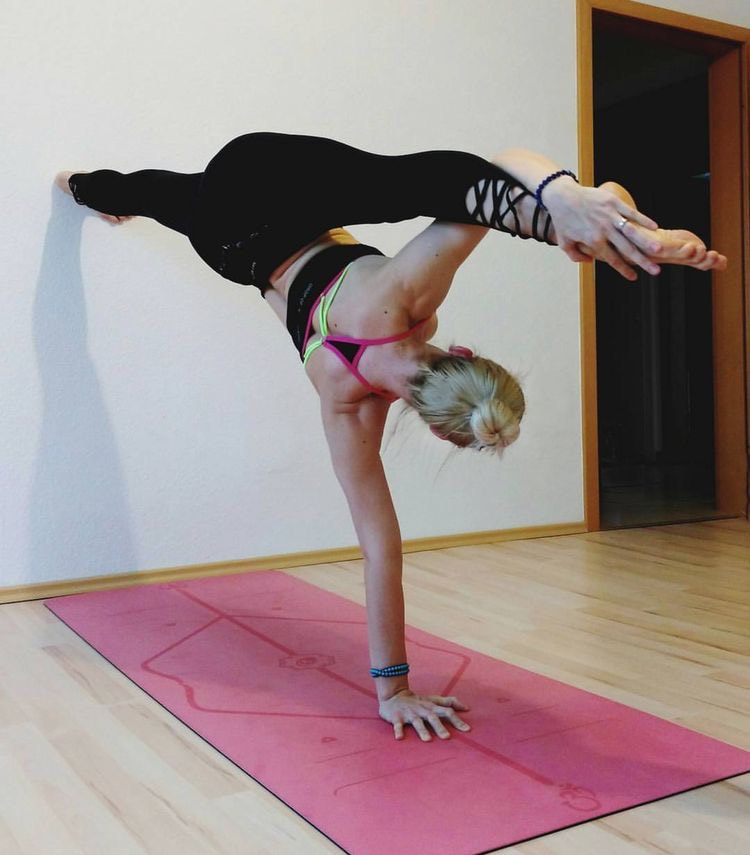

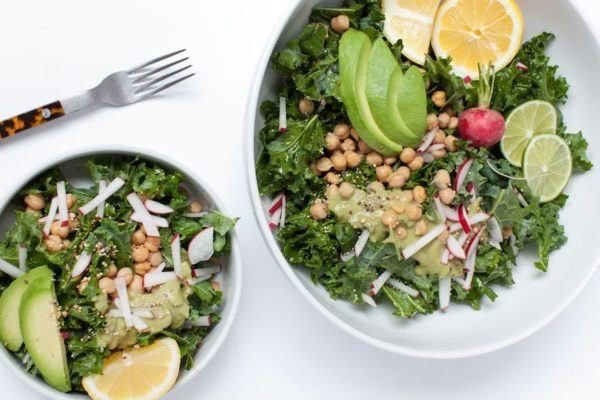

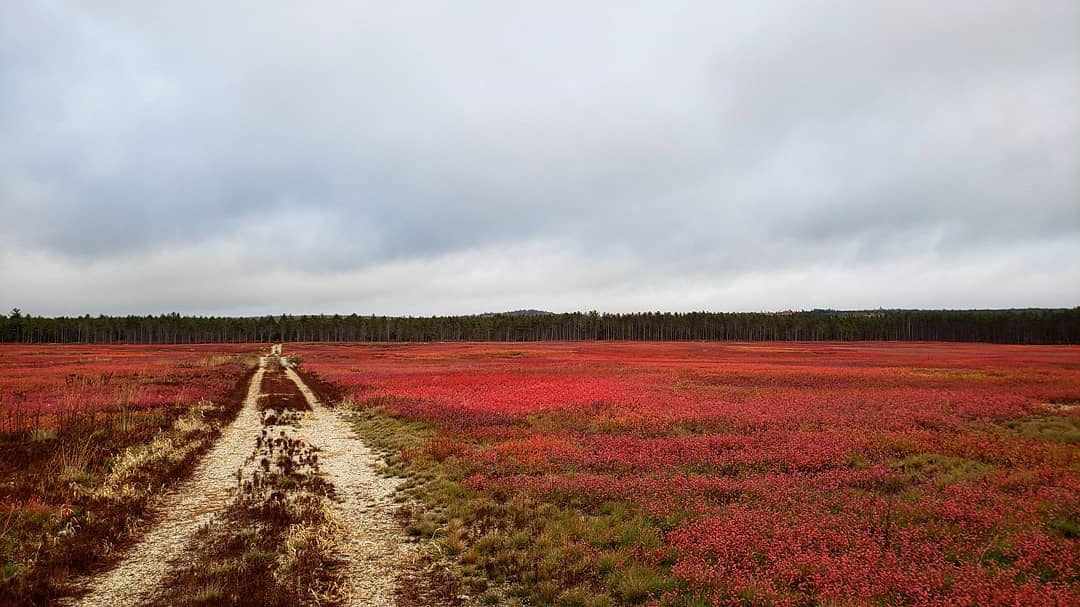


 RSS Feed
RSS Feed